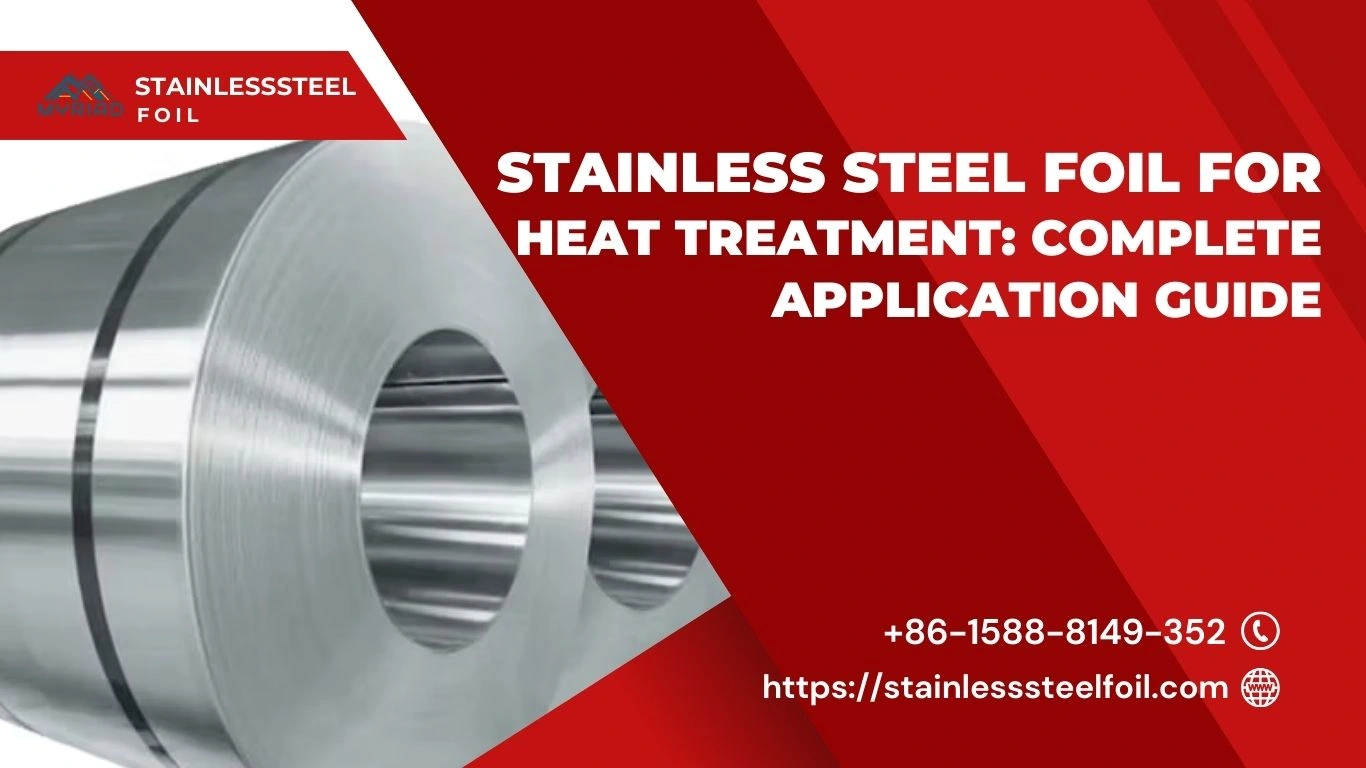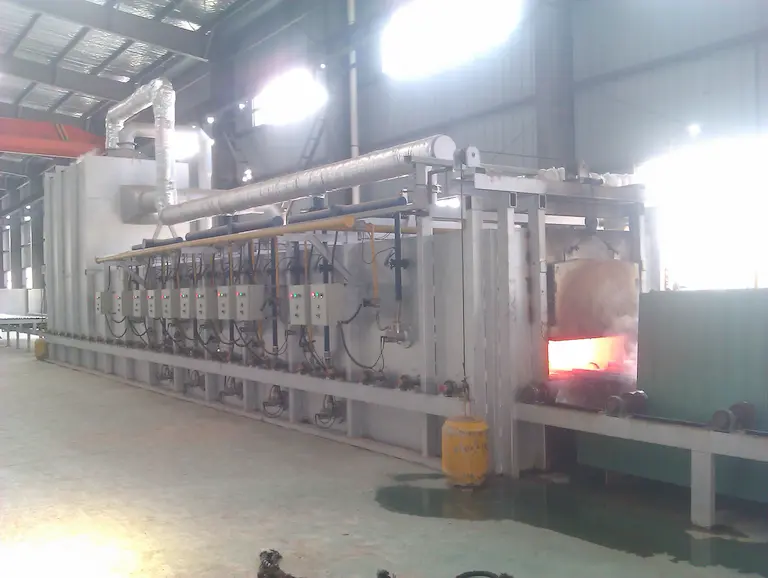
Stainless Steel Foil for Heat Treatment: Complete Application Guide
Heat treatment is a foundational process in modern metallurgy that determines the final strength and durability of metal components. When

When does stainless steel melt? This core issue transcends mere scientific inquiry and delves into the heart of industries ranging from aerospace to culinary arts. Understanding the melting point of stainless steel is crucial in a myriad of applications. This article explores five comprehensive perspectives on this subject, shedding light on the theoretical background, practical applications, metallurgical processing, material comparisons, and everyday implications. Engage with the fascinating world of stainless steel and discover how its melting point impacts our daily lives.
Stainless steel, known for its robustness, resistance to corrosion and heat, is used in many sectors including construction, transport, and culinary arts. The melting point of this versatile material is a key factor determining its usage in various fields. This article will explore five main perspectives on the core issue of when stainless steel melts.
Read on: yaoyi stainless steel foil
From a theoretical standpoint, stainless steel, a family of iron-based alloys, melts between 2,600 and 2,800 degrees Fahrenheit (1,400 to 1,540 degrees Celsius). However, this temperature range depends on the specific composition of the stainless steel in question. Different types of stainless steel will melt at slightly different temperatures due to varying ratios of elements like carbon, nickel, and chromium.
The varying melting points can be attributed to the different alloying elements in stainless steel. For instance, a higher proportion of nickel can increase the alloy’s heat resistance, thereby raising its melting point. In contrast, more carbon can lower the melting point but improve its hardness and strength.
The melting point variance is crucial in industries such as metallurgy and engineering. Understanding the exact melting point of a specific type of stainless steel can lead to more efficient and safe practices, especially when it comes to high-temperature applications like jet engines or nuclear reactors.
Moving from the theoretical aspect, the practical applications of stainless steel also provide insights into its melting point.
Industries that operate at high temperatures—like energy production, aerospace, and automotive—rely heavily on stainless steel’s heat resistance. For example, the steel components in a jet engine must withstand temperatures well above the typical melting point of stainless steel.
In the culinary world, stainless steel’s high melting point makes it ideal for cooking utensils and kitchen appliances. It’s crucial for these items to resist deformation under high heat, maintaining their structural integrity for safe and consistent performance.
Medical tools, surgical instruments, and implants made from stainless steel are another testament to the material’s high melting point. Sterilization processes often involve high temperatures, and stainless steel’s resistance to melting and corrosion ensures these medical instruments remain reliable and safe.
Stainless steel’s melting point becomes especially important during its processing and manufacture.
During forging and casting, stainless steel is heated to temperatures at or above its melting point. Understanding these temperatures allows manufacturers to better control the processes, preventing waste and improving product quality.
Welding involves fusing pieces of metal together by heating them to their melting point. When welding stainless steel, knowing the specific melting point is crucial for achieving a strong, durable weld and preventing distortion or damage to the material.
Comparing stainless steel to other materials further underscores its relatively high melting point.
Compared to other common metals like aluminum (melting point: 1,221 degrees Fahrenheit) and copper (1,984 degrees Fahrenheit), stainless steel’s melting point is significantly higher, contributing to its popularity in high-temperature applications.
Even among alloys, stainless steel stands out for its heat resistance. For example, brass, a copper-zinc alloy, has a melting point of approximately 1,700 degrees Fahrenheit, far lower than that of stainless steel.
Finally, stainless steel’s melting point impacts everyday life in more ways than one might imagine.
Buildings and bridges that utilize stainless steel are more resistant to fires, as the steel can withstand high temperatures without losing structural integrity.
In transportation, vehicles from cars to airplanes rely on the high melting point of stainless steel for their engines and exhaust systems. This allows for safe operation even under intense heat.
As previously mentioned, the high melting point of stainless steel makes it ideal for cookware and kitchen appliances. It withstands the heat of cooking without deforming or releasing harmful substances.
By considering these diverse perspectives, we can better appreciate the importance of the melting point of stainless steel, from theoretical understanding to practical applications and everyday life.
Learn more about: where to buy stainless steel sheet
Read on: When Aluminum Foil Invented
Keep Reading: will aluminum foil scratch stainless steel
Read on: 0.01~0.05mm Stainless Steel Foil Exhaustive Guide
Keep Reading: 0.01~0.05mm Stainless Foil: A Comprehensive Guide
Learn more about: 0.01~0.05mm Stainless Steel Foil Sheet Production: A Deep Dive

Heat treatment is a foundational process in modern metallurgy that determines the final strength and durability of metal components. When

Stainless steel coils serve as the backbone for countless consumer products we use daily. These versatile metal sheets combine exceptional